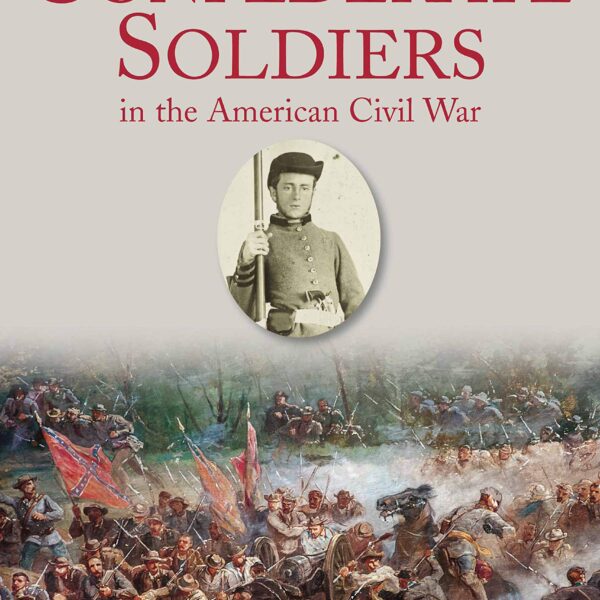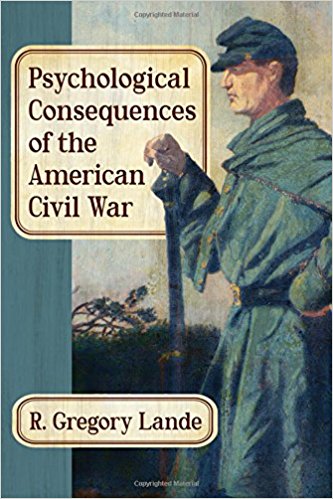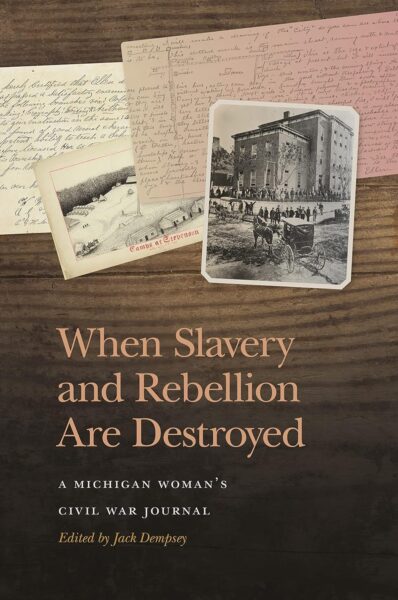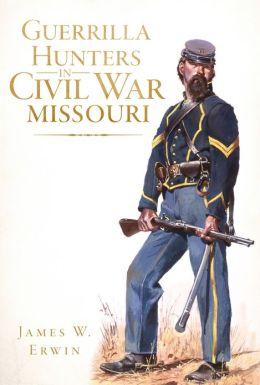Few Civil War historians can boast as exemplary a record as Edward G. Longacre. The author of nearly thirty books on the Civil War—including The Cavalry at Gettysburg, Gentleman and Soldier, and The Early Morning of War—Longacre has established himself as a well-versed scholar over the war in Virginia. In his latest work, J.E.B. Stuart: The Soldier and the Man, Longacre turns his attention to crafting an objective interpretation of Lee’s cavalry chief, J.E.B. Stuart.
Longacre begins his account by noting that Stuart “has come down to us through the decades as a man among men, the personification of military genius.” (ix) The traditional Lost Cause depiction of Stuart was accepted by scholars for almost a century. Though many recent works have punctured the mythical aura around Stuart, Longacre is not satisfied that a balanced narrative of the cavalry officer has been provided. The author contends that since the end of the conflict, historians have gone only in “one direction” in their interpretation of Stuart: either hero-worshiping or demonizing him. Drawing on a trove of research into primary and secondary materials, Longacre succeeds in supplying an even-handed biography. Throughout, he gives Stuart credit for exceptional leadership while voicing criticisms of tactical decisions that Stuart made in various campaigns.
Longacre begins by chronicling Stuart’s early life, studies at West Point, and career in the pre-war army. Here, he brings into relief many of Stuart’s character flaws, including an inflated ego, sensitivity to criticism, and a hunger for risk.
It is incumbent upon any Stuart biographer, of course, to account for the cavalryman’s role in the Gettysburg campaign. Beginning with Stuart’s lackluster showing at the Battle of Brandy Station, and in response to mounting criticism of his generalship, Stuart began a quest to repair his damaged reputation. Through his analysis of Stuart’s attempt to ride around the Army of the Potomac in the summer of 1863, Longacre accuses the officer of flagrant disobedience of Lee’s orders. Stuart pursued a campaign, the author argues, “that would contribute nothing of lasting value to the Confederacy during the most critical period of its existence” (294). At Gettysburg, Longacre writes, Stuart’s “dramatic effort to restore his reputation came at great cost to his army, his nation, and his cause” (392). Indeed, for the remainder of his time in the service, Robert E. Lee appeared to have lost trust in his senior cavalry officer.
Longacre highlights the atrophying condition of the Confederate cavalry after Gettysburg and its increased struggles to keep their Union counterparts at bay. Even with worsening conditions, Stuart led the cavalry effectively in the opening days of the duel between Lee and Grant, but he would not survive the Overland Campaign. After his mortal wound at Yellow Tavern in May 1864, many of Stuart’s former critics and allies hailed the slain “Beau Sabreur.” Among these critics were Robert E. Lee, who allegedly remarked, “he never brought me a piece of false information.” With these words, the mythical foundation of Stuart’s role in the war was planted.
Edward Longacre’s J.E.B. Stuart does much to separate that myth from reality. With a firm and even hand on the tiller, Longacre supplies a fresh and highly recommended account of Lee’s purple plumed cavalryman.
Riley Sullivan teaches history at Texas’s San Jacinto College. His scholarly work has appeared in the Tennessee Historical Quarterly, among other publications.





Does this book mention that he was a traitor? If not, the book is not an “objective interpretation” or a “balanced narrative”.